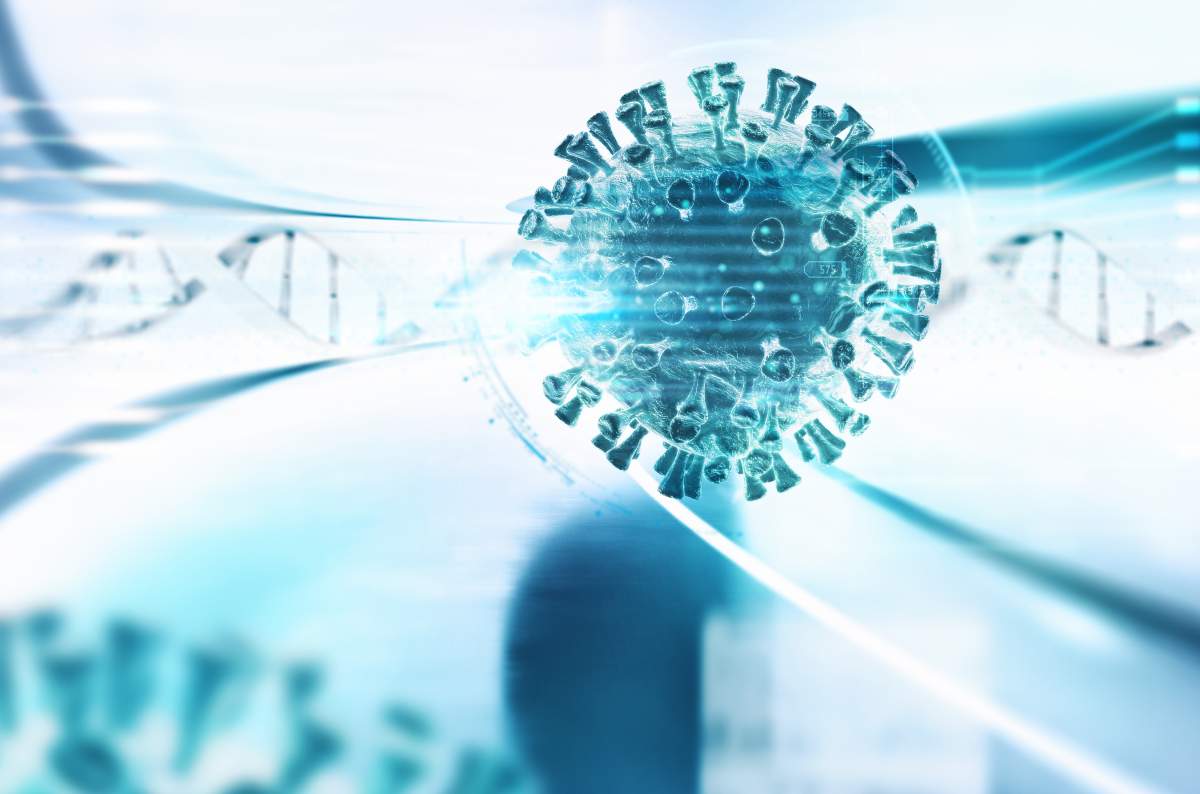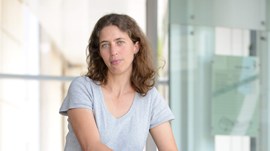
REHOVOT, ISRAEL—September 9, 2020—“Contact tracing” inside infected cells is providing new clues into the workings of SARS-CoV-2, the virus that causes COVID-19. A research team at the Weizmann Institute of Science and the Israel Institute for Biological Research, in Ness Ziona, Israel, used the contacts between the virus’s genetic material and the cells’ protein-producing machinery to bring to light details of the viral protein-coding segments and the new – and potentially important – proteins they create. The findings of this research, published in Nature, could lead to better diagnostics or new treatments, and help to explain what makes this virus so skilled in the process of infection.
Despite being the subject of thousands of studies, SARS-CoV-2 has remained puzzling, partly due to the fact that it is one of the largest, most complex known RNA viruses. Most maps of the virus to date have relied on genetic sequencing, building on what is known about other, related coronaviruses (for example, SARS) and running computer predictions. In contrast, the Israeli team’s new approach was based on the idea that RNA translation – the process of converting RNA instructions into proteins that are manufactured in the cell – could be much more informative, and would not have to be based on any previous virus mapping or a priori assumptions.
In the experiments, which were led by Yaara Finkel and Orel Mizrahi in the group of Dr. Noam Stern-Ginossar of Weizmann’s Department of Molecular Genetics, together with the group of Dr. Nir Paran and Dr. Tomer Israely of the Israel Institute for Biological Research, the scientists infected cells in lab cultures with SARS-CoV-2, and then focused on the activity of ribosomes – the cells’ protein-manufacturing plants. The ribosomes recognize SARS-CoV-2 as a form of RNA called messenger RNA, and soon get to work translating various parts of the RNA sequence into proteins. As the ribosomes pumped out strands of proteins, the scientists froze the cells, then detected all of the ribosomes and their products – human and virus alike.
The first contacts the researchers looked for were open reading frames (ORFs) – genetic notations that let the ribosomes know where to begin, and end, the process in which bits of protein code are read and amino acids added one by one.

The research team identified 23 new protein sequences in the SARS-CoV-2 genome. The majority of these sequences were short – peptides, rather than real proteins – that may play a regulatory function, but four were full-fledged proteins. Regardless of their functions, because these proteins are encoded by the virus they might serve as antigens – foreign proteins that alert the immune system to action, including, possibly, the dangerous overreaction that causes severe sickness in some cases. Further research into these proteins might lead to a better understanding of the progression of the infection, as well as better ways of either treating COVID-19 or preventing the dangerous immune overresponse. Nearly as important was the discovery that other proteins that “should” have been present, at least according to the various computational projections, were missing.
“The ribosome profiling method enabled us not only to precisely identify the sequences on the viral genome that get translated to protein, it gave us accurate quantities of the various proteins. Then we had enough information to compare SARS-CoV-2 with related coronaviruses, as well as with existing projections,” says Dr. Stern-Ginossar. “The differences enabled us to identify genetic sequences encoding previously unknown proteins belonging to SARS-CoV-2.”
The group further revealed some of the secrets of SARS-CoV-2’s success in infecting cells. After testing the virus’s efficiency in several different kinds of cells, they found that certain epithelial cells that line the lungs are, as suspected, the most willing hosts. The studies also revealed another viral recipe for success: The viruses simply replicate rapidly, so that the amount of viral RNA in the cell quickly overwhelms the human RNA. “It does not need special proteins on its ‘membrane-piercing spike’ or special signals to the ribosome; it just needs numbers,” says Dr. Stern-Ginossar.
This protein-making profile of SARS-CoV-2 will hopefully provide the basis for new research in several directions. For one, the identification of unique antigens could lead to the development of accurate, inexpensive, rapid tests for the disease. Furthermore, this identification could help predict which patients will develop severe disease, as well as provide new insights for research into the development of drugs and vaccines.
Also participating in this research were Aharon Nachshon and Dr. Michal Schwartz of Weizmann’s Department of Molecular Genetics; Dr. Shira Weingarten-Gabbay of the Broad Institute of MIT and Harvard; David Morgenstern of the Nancy and Stephen Grand Israel National Center for Personalized Medicine at the Weizmann Institute of Science; and Dr. Yfat Yahalom-Ronen, Dr. Hadas Tamir, Dr. Hagit Achdout, Dana Stein, Dr. Ofir Israeli, Dr. Adi Beth-Din, Dr. Sharon Melamed, and Dr. Shay Weiss of the Israel Institute for Biological Research.
Dr. Noam Stern-Ginossar’s research is supported by the American Committee for the Weizmann Institute of Science 70th Anniversary Lab; the Ben B. and Joyce E. Eisenberg Foundation; and the European Research Council. Dr. Stern-Ginossar is the incumbent of the Skirball Chair for New Scientists.
